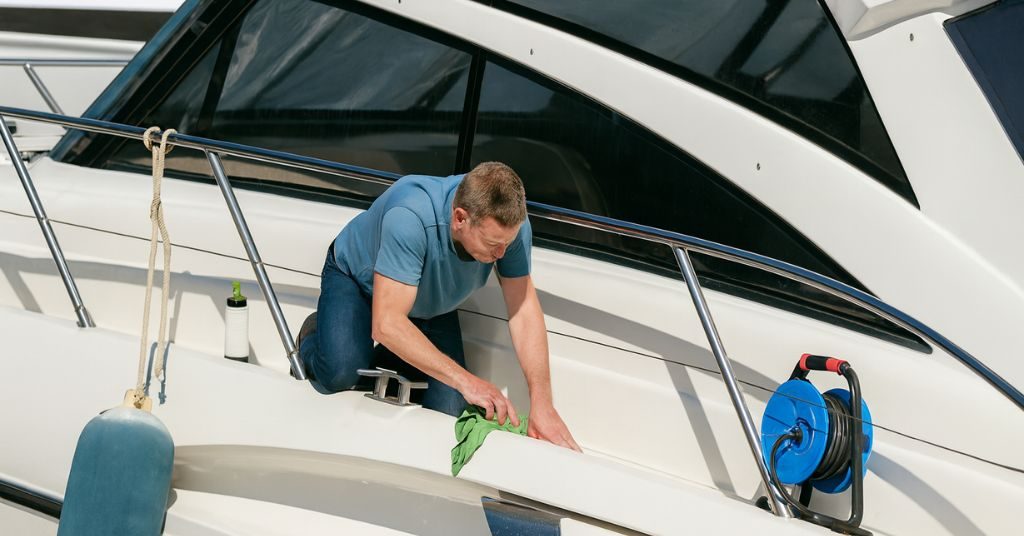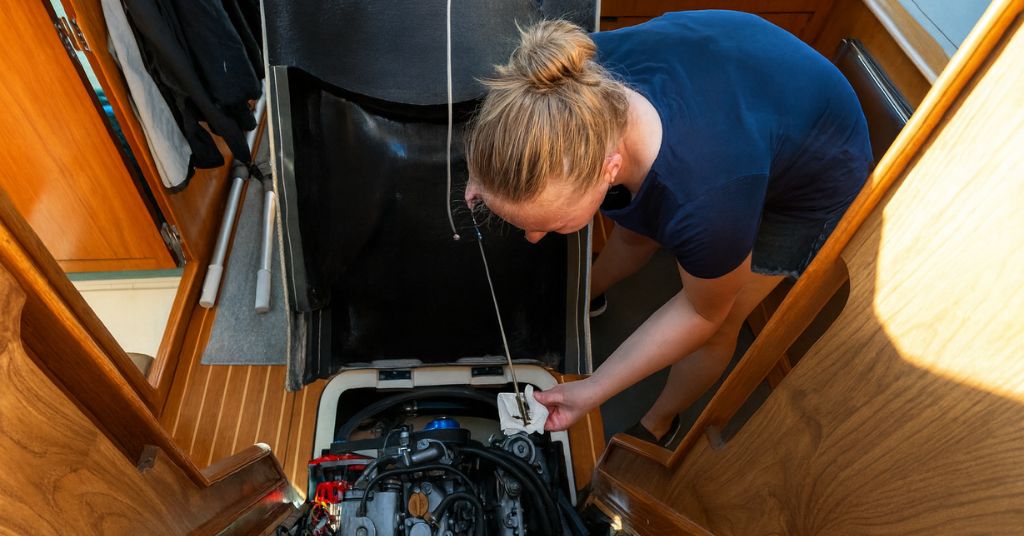Navigating a busy marina is a crucial skill that every yacht owner must master. Unlike the open sea, marinas are often congested with boats, docks, and pilings, creating a challenging environment that requires precision and patience. With support from yacht management companies in South Florida like Yacht Management Professionals, you can ensure your vessel is well-prepared for these conditions and handle even the busiest marinas with confidence.
1. Plan Ahead and Prepare
Preparation is key to stress-free marina navigation. Knowing the layout of the marina and preparing your vessel beforehand ensures a smooth arrival and departure.
- Research the Marina: Familiarize yourself with the layout, including your assigned slip, fuel docks, and other key areas.
- Monitor Weather and Tides: Wind, tides, and currents can significantly affect maneuverability. Plan your entry during slack tide or calmer conditions whenever possible.
- Inspect Your Equipment: Confirm your steering, engine, and fenders are in good working order before entering the marina.
2. Go Slow and Stay in Control
Maintaining a low speed in a busy marina gives you more time to react and reduces the risk of collisions.
- Throttle Carefully: Use short bursts of power to maneuver and maintain control.
- Be Patient: Expect delays and wait for others to clear the way if needed. A calm, steady approach minimizes mistakes.
3. Stay Aware of Your Surroundings
In a busy marina, situational awareness is crucial. Always scan your environment, including other boats, pilings, and docks.
- Check Behind You: Regularly monitor your aft to ensure no vessels are approaching unexpectedly.
- Anticipate Movements: Observe other boats and plan your actions based on their trajectory.
- Minimize Distractions: Avoid using your phone or engaging in lengthy conversations while navigating.
4. Communicate Clearly
Clear communication with your crew and marina staff can make the difference between a smooth docking experience and a chaotic one.
- Assign Crew Roles: Ensure each crew member knows their responsibilities, such as handling lines or fenders.
- Use Hand Signals: If noise makes verbal communication difficult, use hand signals to convey instructions.
- Contact Marina Staff: Call ahead to confirm your slip location or request docking assistance.
5. Manage Wind and Current
Understanding how wind and current impact your vessel’s movement is essential for navigating tight spaces.
- Adjust Your Approach: Angle your boat to counteract wind or current forces when entering a slip.
- Practice Side-Slip Techniques: Use the current to your advantage, smoothly sliding into position.
- Avoid Head-On Approaches: Approaching at an angle gives you more control and stability.
6. Use Proper Fenders for Protection
Fenders are essential for protecting your yacht—and nearby vessels—when space is limited.
- Strategic Placement: Place fenders along both sides of your yacht, especially if you’re unsure which side will be dockside.
- Adjust Height: Align fender height with the dock or other vessels for optimal protection.
- Add Extra Fenders: In crowded marinas, more fenders mean more protection from unexpected bumps.
7. Practice Docking Techniques
Docking in a busy marina takes skill and confidence. Practice makes perfect when it comes to mastering these techniques.
- Try Different Approaches: Learn bow-in, stern-in, and side-to docking for versatility in various situations.
- Simulate Crowded Conditions: Use buoys or other objects to practice docking in tight spaces.
- Seek Professional Training: Consider lessons to refine your docking technique, especially if you’re new to yachting.
8. Partner with Yacht Management Companies in South Florida
Expert guidance from professionals can significantly enhance your ability to navigate marinas and maintain your yacht. Yacht Management Professionals, a trusted name in yacht management companies in South Florida, provides:
- Comprehensive Maintenance: Ensuring your steering, engine, and other systems are in top condition.
- Dockside Services: Assistance with docking, cleaning, and preparation for marina maneuvers.
- Fender and Line Placement: Proper setup to protect your yacht from potential damage.
By leveraging professional services, you can focus on honing your navigation skills while leaving the technicalities to experts.
9. Stay Calm and Confident
Navigating a crowded marina can be stressful, but staying calm and confident makes all the difference.
- Take Your Time: There’s no need to rush. A steady approach ensures safety and precision.
- Abort If Necessary: If your approach doesn’t feel right, back out and try again. It’s safer than forcing a maneuver.
- Reflect and Learn: Each experience in a marina offers valuable lessons. Use them to improve your skills.
Conclusion
Navigating busy marinas takes preparation, patience, and practice. With these expert tips and the support of yacht management companies in South Florida like Yacht Management Professionals, you can handle even the most congested marinas with ease. By planning ahead, maintaining situational awareness, and utilizing professional services, you’ll enjoy stress-free marina navigation and safeguard your vessel for future adventures.



